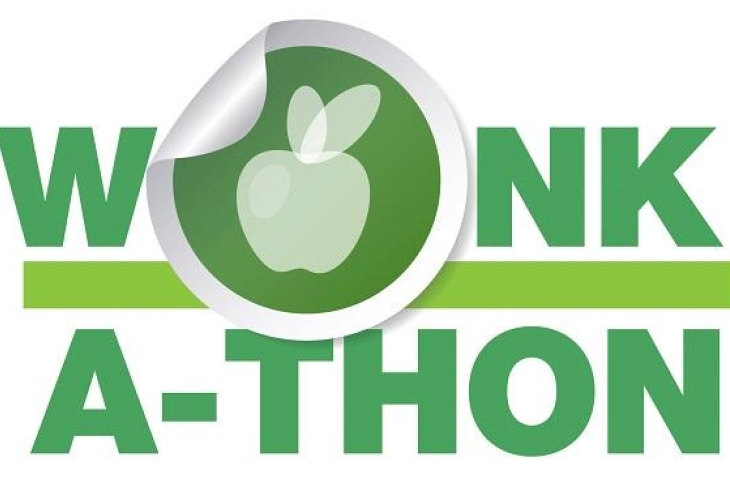Editor's note: This post is a submission to Fordham's 2018 Wonkathon. We asked assorted education policy experts whether our graduation requirements need to change, in light of diploma scandals in D.C., Maryland, and elsewhere. Other entries can be found here.
According to 2017 data from the US Census Bureau, almost everyone has a high school diploma. In fact, a December press release from the Bureau claimed that, for the first time in history, nearly 90 percent of Americans have successfully completed high school. Even before this milestone, stakeholders across the education world had flagged rising high school graduation rates and criticized how easy it had become to attain a diploma. For example, Molly Spearman, state superintendent in South Carolina, was quoted in the New York Times saying, “Quite honestly, it had become very easy, and it didn’t mean a lot.”
In light of these shared—and very legitimate—concerns: How can we make high school diplomas meaningful again?
For centuries, we’ve been valuing diplomas intrinsically based on what goes into the achievement itself—curriculum, instruction, assessment, and student determination. And then we hope for the best.
We’ve relied on macro-level research connecting the ingredients of a diploma with positive outcomes. For example, research has shown higher test scores have been associated with higher gross domestic product, and high school graduates earn more income and pay more taxes than dropouts. This reinforces what we already believe: More successful students mean a more productive nation.
And yet there is increasing evidence that graduation rates are inflated amid a rising chorus from colleges and employers that our high school grads are not prepared to succeed.
When the intrinsic value of a diploma is so easily questioned, we should reinforce tools that externally validate diplomas.
Meaning and value are regularly determined externally. For example, the value I have for my house is more than monetary; I have sentimental attachments to the home where my family lives. But third-party evaluators—like Zillow and the county assessor—are less interested in family memories, and more concerned with the value of the house if I were to sell it. My point is that third party evaluators value my home differently than I do. Their valuation is external and in relation to the value of other homes nearby, which is a particularly significant calculation when I move from one home to another.
In the same way, when students move from high school to post-secondary endeavors, external validation—including colleges and employers—should serve as a critical tool.
We haven’t done a great job of widely and deeply measuring the extrinsic value of a diploma. There are blunt instruments like income and job data, but they are not tailored or timely enough to teach us how to improve. And these instruments don’t provide any information about how colleges and employers assess the value of high school diplomas—information that families, schools, and school systems desperately need.
So here’s an idea: external validation by survey. More specifically, state policymakers should survey alumni, employers, and colleges to rate the value of diplomas. This effort could accomplish at least two important goals:
- First, rating diplomas would provide an external check-and-balance on local school boards and state education agencies; and
- Second, when policymakers furnish accessible and useful information, families are empowered to make better decisions.
Of course, creating surveys that render the desired accurate and useful data can be expensive and complex. I admit it. The idea comes with bushels of questions. For example, how many validators and commenters are ideal? What is the best analytical approach to understanding differences of opinion? Should all employers be surveyed, or just those relevant to state and regional economies? Who gets credit for a highly-rated diploma if the high-school graduate attended three different high schools? I don’t have clear answers.
And there are other ways to externally validate diplomas, some of which are already in place. Think standardized assessment, accreditation, and regulatory audits. Still, I like the idea of surveys best because there doesn’t seem to be a more direct way to understand the value of a high school diploma than to ask the people and organizations who are most immediately affected.
- Alumni: What is the utility of your high school diploma? Does it help you accomplish your next goal?
- Businesses: Does earning a high school diploma adequately prepare your employees? What do you need your new employees to be able to do?
- Colleges: Which students are best prepared for college? Why? What high schools did they attend?
Surveys aren’t perfect measurements. And even if we could perfectly rate the value of a high school diploma, the rating itself would not guarantee that the diploma’s value improves over time. So this recommendation is certainly not a panacea. But when the meaning of a high school diploma seems lost, perhaps understanding what’s meaningful is a good place to start.

